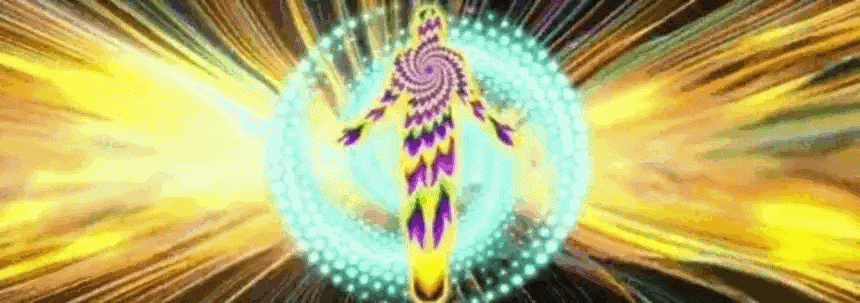The medical field is probably one of the most fast paced developing technologies, and in the past few years we have discovered more about our own bodies than we have about renewable energy sources.
One of these developments that are still making headlines since it was first developed is flow magnetic resonance imaging, or fMRI. While it was originally developed to aid the medical fraternity in their diagnostic ability, this technology is currently providing us with discoveries that are literally the stuff of dreams. By measuring the changes in blood flow through the brain during different mental activities, this device is able to tell us more than we ever thought possible about the functioning of one of the most mysterious organs in the body, the human brain.
This three pound of mushy Grey matter that give us abilities that are so unique in the animal kingdom that we have the power to subjugate nothing less than nature itself has remained clouded in a shroud of speculation, conjugation and even plain conjecture. This is in stark contrast to other scientific discoveries of the human body, where the absolute and exact is considered to be nothing less than standard. But with the use of fMRI imaging we are starting to understand how the brain makes sense of the input from our senses to provide each of us with our own unique view of a common reality. From understanding the difference between emotional and neutral memories, to finding why people in a happy mood will almost always choose the first of any available choices given, all the way through to the role of emotions in determining self bias and the shocking discovery that morals are nothing less than conclusions and deductions to defend our actions.
Take for instance the recent discovery that the act of imagination take place in the same region of the brain that involves memory, which challenges general convention that there is a big difference between fact and fiction. From the perspective of our brain the difference does not seem to matter much, although it does seem that these two thought processes could be distinguished through subtle memory references to sensory and kinesthetic memory patterns. Sometimes these subtle references are not so subtle, which explains for instance why many men can remember their wedding vouws, but they cannot recall asking the hand of their beloved. The answer can be found in their posture. Because many men stand on their knees when they propose marriage, that memory is encoded with the act of kneeling. Most men would recall that magical moment if they just went down on their knees!
Another recent discovery that sent shockwaves through the ranks of philosophers and preachers alike is that we seem to make choices before we arrive at a conscious decision. Through the use of fMRI it was shown that brain activity indicate what a respondent would choose up to 7 seconds before the respondent indicated that he has made up his mind on a choice, which questions previously held opinions regarding concepts such as free choice and accountability.
The ultimate impact of this diagnostic tool on our understanding of how we think and feel and act is far from being reached. Scientists are currently in the process of mapping the various regions of the brain that become active during various mental tasks, and it is a matter of time that the link between these various regions and how they interact with each other become apparent. As we learn more about the brain and its mysteries we learn more about why we think the way we do, and move closer to understanding who we are.



No comments:
Post a Comment